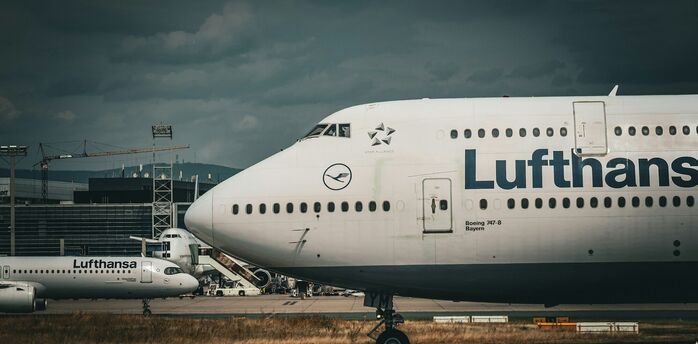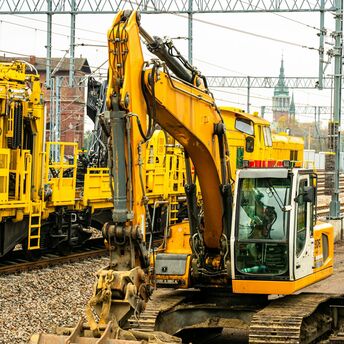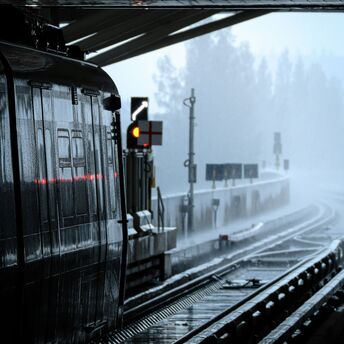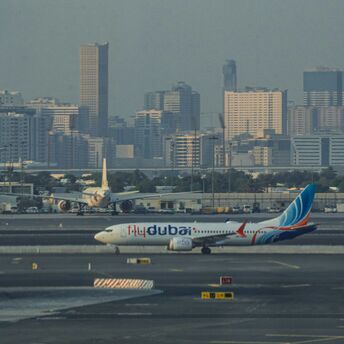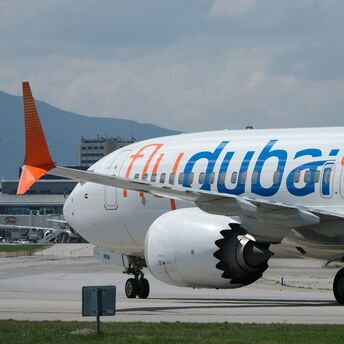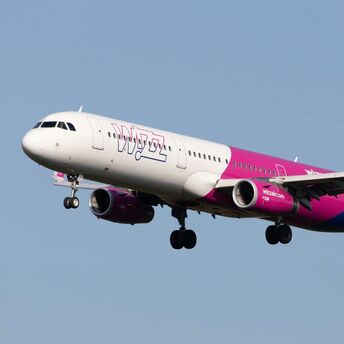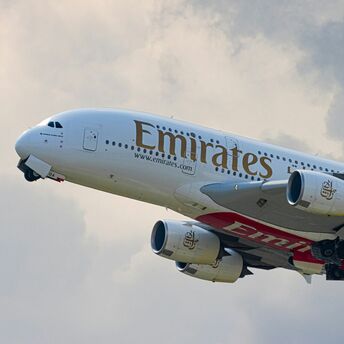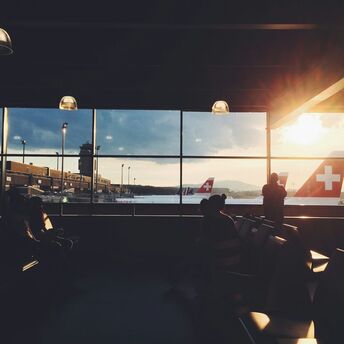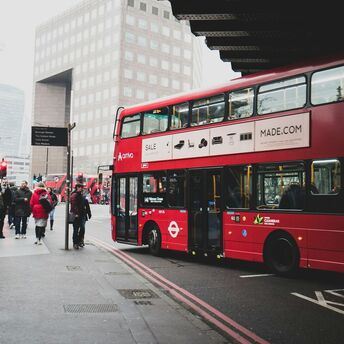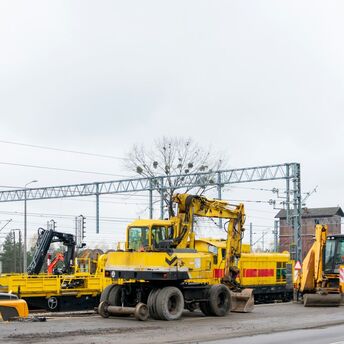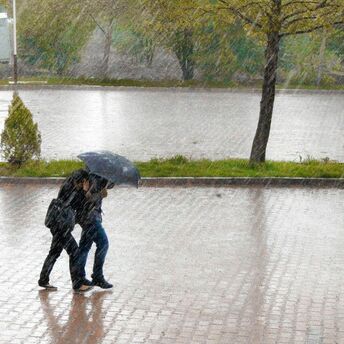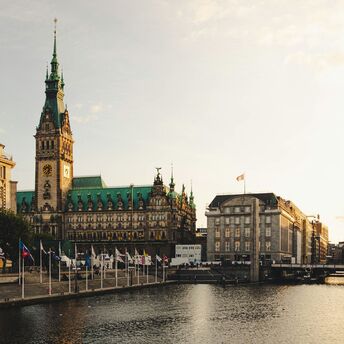From 33,000 to 42,000 feet above sea level: how high do airplanes fly and why is it necessary
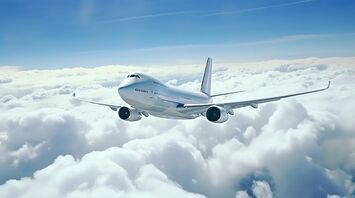
You fasten your seatbelt, listen to the safety rules, and prepare for takeoff. A few minutes later, the pilot announces: "Ladies and gentlemen, we are now at a cruising altitude of 36,000 feet."
Time to relax and wait for the refreshment cart. But how many of us have stopped to ask ourselves how high airplanes fly? According to USA Today, the normal cruising altitude for most commercial airplanes is between 33,000 and 42,000 feet, or six to nearly eight miles above sea level, Travel+Leisure writes.
Airplanes usually fly at 35,000 or 36,000 feet. For comparison, the summit of Mount Everest reaches 29,029 feet. That's why we have pressurized cabins: so you don't feel like you're literally trying to breathe on top of Everest. This area is called the lower stratosphere, which is just above the troposphere, the lowest part of the atmosphere, according to the UCAR Center for Science Education. Flying in this zone has many advantages that make air travel one of the leading ways for travelers to get from one place to another.
Fuel efficiency
The main reason for flying at high altitudes is to save fuel. Thinner air creates less drag for the aircraft, which means the plane can use less fuel to maintain speed. Less wind resistance, more power, less effort, so to speak. This is also the reason why the altitude is called "cruising", because the airplane "floats" in the air along the path of least resistance.
For obvious reasons, it is beneficial for airlines to use less fuel, but the engines of an airplane also need oxygen to work to create combustion, which also produces energy. So, flying too high can also cause problems because the air is much thinner. In addition, the higher the plane goes, the more fuel it has to burn to get there, so certain altitudes also have certain disadvantages.
Avoiding congestion and hazards
Airplanes don't always fly at the same altitude, and that's for a very good reason, which many of us would like to do on the ground - to avoid traffic jams. By flying higher, airplanes can avoid birds (usually), drones, and light aircraft and helicopters that fly at lower altitudes. According to Your Mileage May Vary, the direction in which your airplane is traveling can also affect how high it will climb. Airplanes flying east (including northeast and southeast) will fly at odd altitudes (i.e. 35,000 feet), and all other directions will fly at even altitudes. Routes going in the same direction are also often planned so that aircraft are 1,000 feet above or below each other to avoid collisions.
Turbulence
Of course, turbulence still happens in airplanes, but you might be surprised to learn that it happens much less frequently due to the high altitude of many commercial flights. According to The Points Guy, when airplanes hit air pockets and high winds, air traffic controllers can sometimes suggest a different altitude to avoid it. According to USA Today, flying at a higher altitude can actually minimize turbulence.
Emergencies
Higher altitude can also give pilots a leg up on the competition if something happens that requires an emergency landing, Traveller said, and the higher altitude gives pilots much more time to correct the situation or find a safe place to land than if they were in a light aircraft flying at 10,000 feet.
Different airplanes - different altitudes
Not all airplanes are designed to fly at the same altitude. According to Thrillist, the altitude of an airplane is determined by its current weight and atmospheric conditions during the flight. The direction of flight (as mentioned above), the level of turbulence (based on reports from other pilots in the air), and the duration of the flight are also factors.
Who decides on the altitude?
Although pilots are in control of the aircraft, they do not make the decision to fly. Instead, air traffic controllers are responsible for planning and determining the plane's route, including altitude, and tracking where the plane is in the air. According to an interview with Richard Taylor of the CAA published in Traveller magazine, there are laws that state that aircraft must not fly "below 1,000 feet above a built-up area or 500 feet above any person, vehicle or structure."


